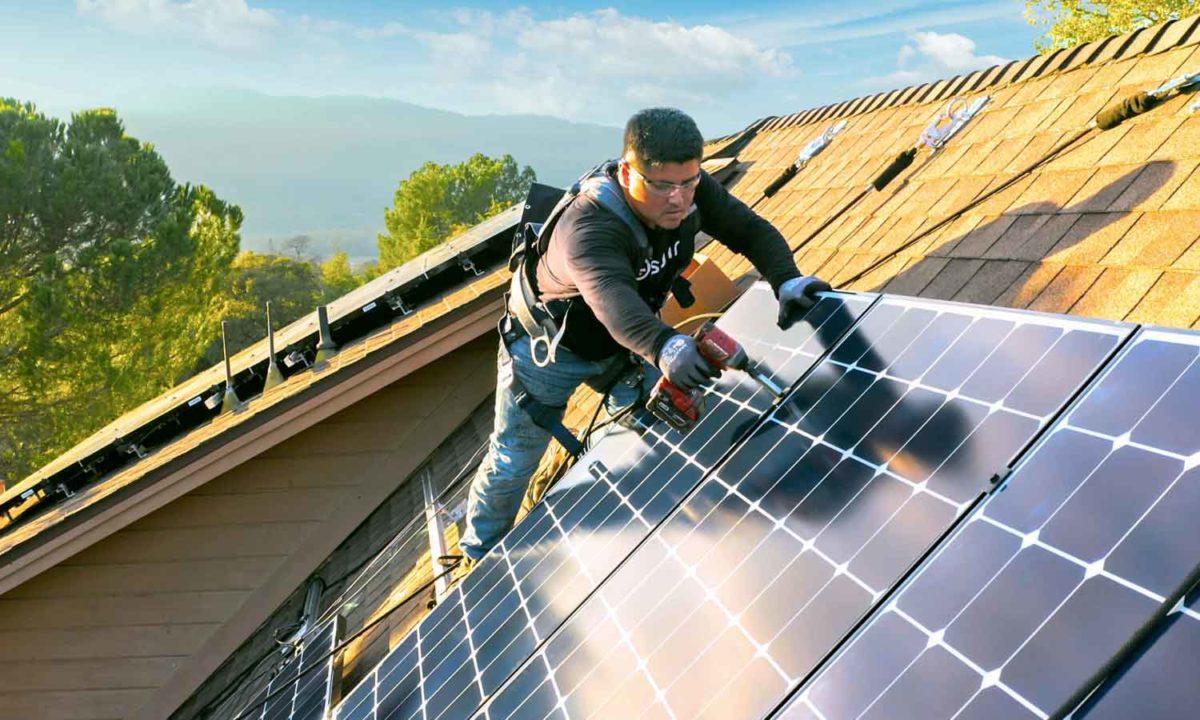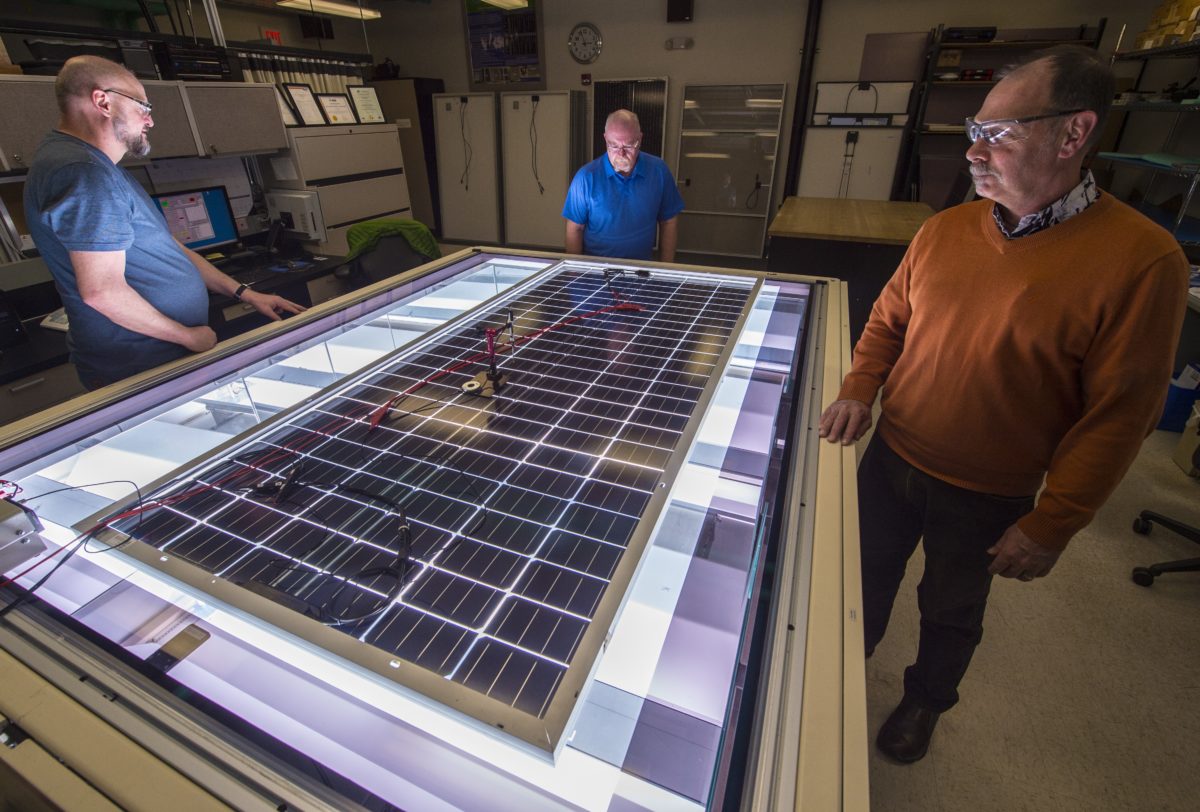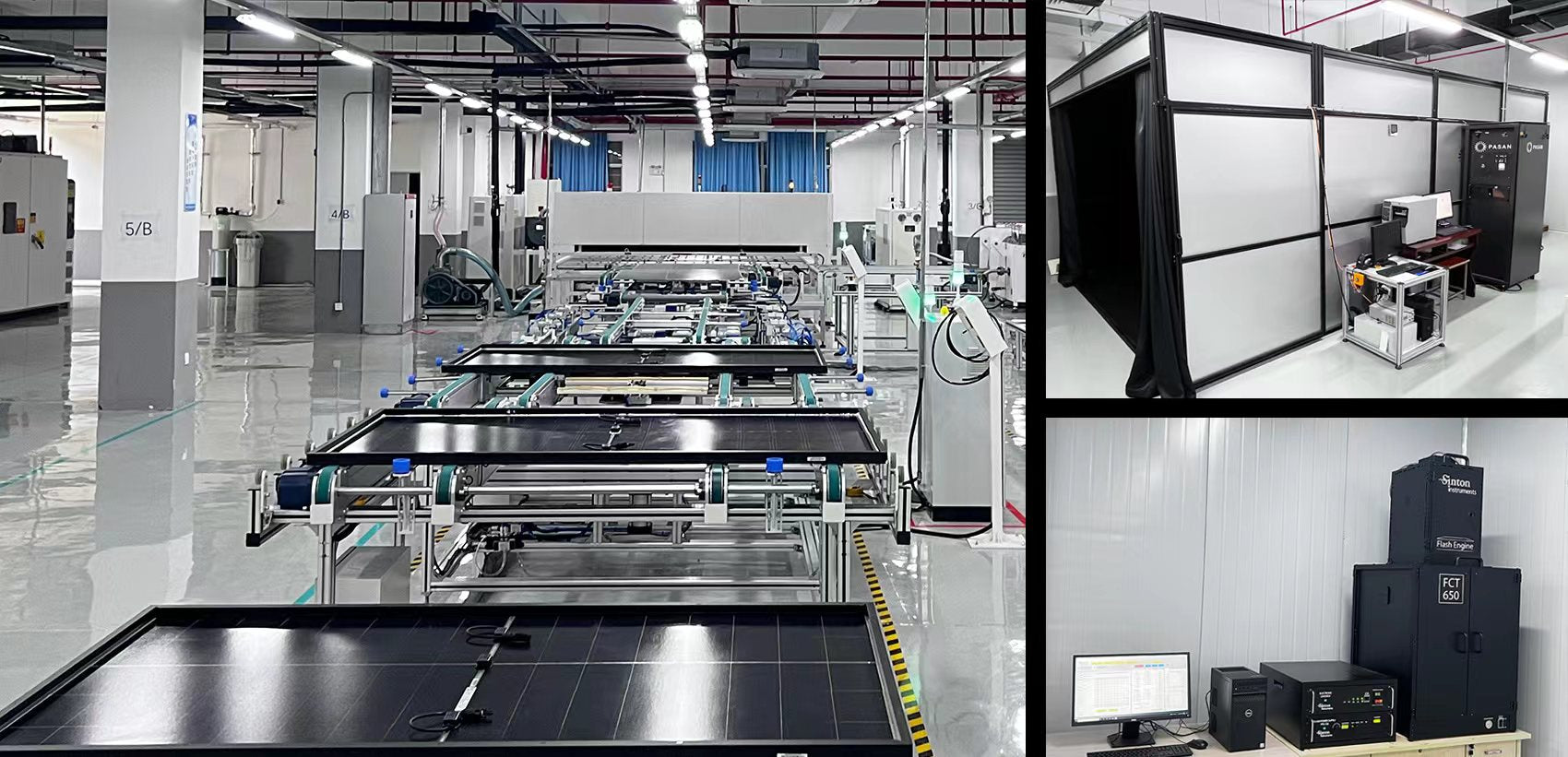https://www.pv-magazine.com/2022/08/15/whats-in-the-inflation-reduction-act-for-the-solar-industry/

Image: Sunrun
From pv magazine USA
This past Sunday, the United States Senate passed the Inflation Reduction Act, and today the House of Representatives votes on the bill. It is now on its way to the President’s desk for a final signature as soon as next week.
The bill – known technically as H.R. 5376 – Inflation Reduction Act of 2022 – is 730 pages of dense legalese. The document covers a wide variety of topics including healthcare, corporate taxes, staffing at the IRS, and – of course – energy related legislation.
With that, we at pv magazine USA will try our best to extract and point to the pieces of the legislation that will directly affect our industry.
Investment Tax Credit
The Investment Tax Credit has been increased from 26% to 30%, and may now be transferred or sold to other taxpayers. The 30% applies to both business and residential projects, including projects installed in 2022, and will last until the end of 2032.
Everyone should learn how to utilize a transferable credit. While transferable credits are not as simple as cash from the government via Direct Pay, they are not nearly as complex as tax equity structures.
Energy storage projects were previously ineligible for tax credits unless they were connected directly to solar power projects. The Inflation Reduction Act removes these requirements, and allows energy storage projects to receive the same 30% tax credit, even if they are stand-alone facilities. Batteries connected to a solar power project will continue to qualify for the credit, even if they are no longer being charged by solar power.
Interconnection costs will also be included in the tax credit, for projects smaller than 5 MWac.
The business tax credit can be found starting on page 263, while the residential tax credit update can be found starting on page 351.
Starting in 2025, the Investment Tax Credit will be retired and turned into a much broader, technology agnostic credit, that applies not only to solar power, but to many emission reducing techniques. The same terms apply for solar, which also gets a 30% transferable tax credit that lasts until September 30, 2031. After 2032, the credit will begin to decrease. This technology agnostic tax credit can be found starting on page 464.
For larger projects, there are additional considerations:
Prevailing wage & apprenticeship
For projects of more than 1 MWac and above must pay attention to employment requirements. By default, the tax credit is 6%. To be eligible for the additional 24%, laborers and mechanics installing the solar power projects must be paid prevailing wages, and must be part of an electrical apprenticeship program. These tax credits will begin to apply to projects in 2023.
Additionally, there are requirements for the ratio of apprentices to journeyworkers, which are specified by the Department of Labor or the applicable State apprenticeship agency. Contractors or subcontractors who employ more than 4 individuals performing construction, alteration, or repair work must employ at least one qualified apprentice to perform such work.
Violations will result in fines to the Secretary of Labor of $5,000 for each laborer or mechanic who is underpaid. If the underpayment is found to be intentional, the fine doubles to $10,000 per laborer or mechanic. These details can be found starting on page 234.
Domestic content – 10% tax credit adder
Solar power projects eligible for the full 30% tax credit can increase their tax credit by an additional 10% – to 40% in total – by purchasing domestically produced hardware. Per the document, 100% of steel and iron must be US manufactured in the United States. For manufactured goods – like solar panels, inverters, and electrical gear – the goods must initially be 40% US manufactured, though this percentage will increase in the future.
Popular content
Historically, for goods to be classified as Made in the USA, they must be composed of at least 55% domestic content. The bill lists some exceptions to these requirements. Items that are not of satisfactory quality, or are not produced in sufficient quantities, may be imported. Items that would increase the project cost by greater than 25% may be sourced outside the US as well. These requirements, and exceptions, will apply to all project sizes.
This report from the Congressional Research Service offers more refined answers.
Project siting – 10% tax credit adder
Projects that are located in former ‘energy communities’ can earn an additional 10% tax credit. Energy communities are first defined as brownfields, and secondly as locations associated with fossil fuels over the last generation.
If there have been significant extraction jobs associated with coal, oil, or natural gas after December 31,1999, then the census tract – and its connecting census tracts – are eligible. If a coal power plant or mine has closed in the same window, the area and its surrounding tracts are also eligible. Language describing energy communities can be found starting on page 250.
Clean electricity production credit
For a long time, the wind industry has been given a tax credit on a per kilowatt-hour basis. Prior to 2007, the solar industry was also eligible for this production credit. The Production Tax Credit is now fully applicable to the solar power industry. In this document, it is titled the ‘Clean Electricity Production Credit’.
If a solar power project meets the prevailing wage requirements, then it will receive a tax credit of 2.5 cents/kWh for the first ten years of a project’s life. If a project does not meet prevailing wage standards, it will earn only 0.3 cents/kWh before adjustment for inflation. Going forward, the production credit increases as it is adjusted for inflation. Language describing the production credit can be found starting on page 442.
Domestic solar hardware manufacturing
The Ossoff Manufacturing Credits made it into the bill – and then some. There are tax credits for manufacturing the various solar panel, inverter, and racking components, as well.
For solar modules the credits are expected to include:
- Solar Cells – 4 cents per direct current watt of capacity
- Solar wagers – $12 per square meter
- Solar grade polysilicon – $3 per kilogram
- Polymeric backsheet- 40 cents per square meter
- Solar modules – 7 cents per direct current watt of capacity
For inverters the credit would be applied per watt of alternating current:
- Central inverter – 0.25 cents
- Utility inverter – 1.5 cents
- Commercial inverters – 2 cents
- Residential inverters – 6.5 cents
- Microinverters – 11 cents
Torque tubes for racking will receive 87 cents per kilogram, while structural fasteners get $2.28 per kilogram. Language describing the production credit can be found starting on page 414.
60% tax credit opportunity?
There is also a 10% adder for solar power projects that sell their electricity via community solar projects to low-income individuals. If we add the 30% tax credit base, 10% for domestic content, 10% for being located in a former fossil fuel energy community, and 10% for selling the electricity via community solar to low income families – the tax credit could potentially reach 60%.
Additional items
There are additional tax credits for EVs, electrical panels, heat pumps, and many other items directly related to our industry that pv magazine USA will cover in the future.
Not all of the details of the legislation are fully developed, as there are rules that the IRS and Treasury Department will need to develop, publicize, and provide guidance on for more specific detailed tax related questions. This article is not intended to provide legal or financial advice, so please seek out professional opinions before developing any solar power or energy storage facilities.
This content is protected by copyright and may not be reused. If you want to cooperate with us and would like to reuse some of our content, please contact: editors@pv-magazine.com.



